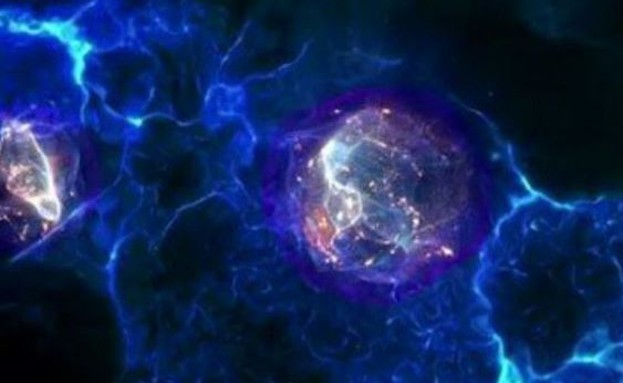יצירת המימן המתכתי הוגדרה כפריצת דרך בעולם המדע, אבל המדענים מהארוורד שיצרו את המתכת אומרים עכשיו שהמתכת נעלמה. לטענת היוצרים, יכול להיות שהיא נעלמה במכונה שייצבה אותה, או שהפכה לגז בטמפרטורת החדר והושמדה מכך.
המימן המתכתי נוצר לראשונה לפני כחודש על ידי מדענים מאוניברסיטת הארוורד. כעת, המתכת נעלמה. המכונה שאמורה היתה לייצב אותה ככל הנראה התקלקלה וכתוצאה מכך לא נשאר אף סימן של החומר. החוקרים טוענים שהמתכת ככל הנראה התמוססה והפכה לגז כשהייתה בטמפרטורת החדר, או נעלמה בתוך המכונה עצמה. לעומת זאת, יש הטוענים שהמדענים באוניברסיטה בכלל לא יצרו את המימן המתכתי מלכתחילה.
על המימן המתכתי נאמר כי היה ביכולתו ליצור מוליכים יעילים מאוד, איתם ניתן היה לפתח מחשבים ופלאפונים חכמים מהירים. כמו כן, אפשר היה ליצור בעזרת החומר סוללות רבות עוצמה לרכבים חשמליים ולהפחית בזיהום האוויר. אבל כל הייעודים האלו כבר לא רלוונטים, עכשיו שהחומר כבר לא בנמצא.
הניסיון לשמר את החומר בתנאים המתאימים לו במרכז כדור הארץ נכשל וצוות המדענים בהארוורד נותרו מאוכזבים מאוד. כתוצאה מהכשל לא נותר שריד מהמימן המתכתי.
לעומת זאת, יש המאמינים שצוות המדענים לא איבדו את החומר כי הוא לא היה בחזקתו מלכתחילה. הכל התחיל כאשר ראש צוות המחקר סירב להציג את הממצאים שלו בפני קהילת המדע העולמית. כלומר, מדענים אחרים לא יכלו לראות את החומר עצמו, אלא רק מבעד לתמונות. מומחים טוענים שהתמונות, שכביכול מראות את החומר בין שני יהלומים, למעשה מראות שרידים של מתכת אחרת – הסברה היא שזו מתכת אלומיניום.
צוות המחקר דוחה את ההאשמות. פרופ' אייזק סילברה, ראש צוות המחקר, מספר: "יש לנו את כל הראיות שמוכיחות שהמתכת אכן הייתה שם, לא היינו מפרסמים את הגילוי אלמלא היה אמיתי". במידה וצוות המדענים היה מצליח לייצב את המימן המתכתי, הוא היה מסיים מחקר שערך עשורים שלמים בנוגע למתכות וכתוצאה מכך להפיק חומרים שהיו יכול לשמש חלופה לדלקים הפוסילים של ימינו.
(מקור)


